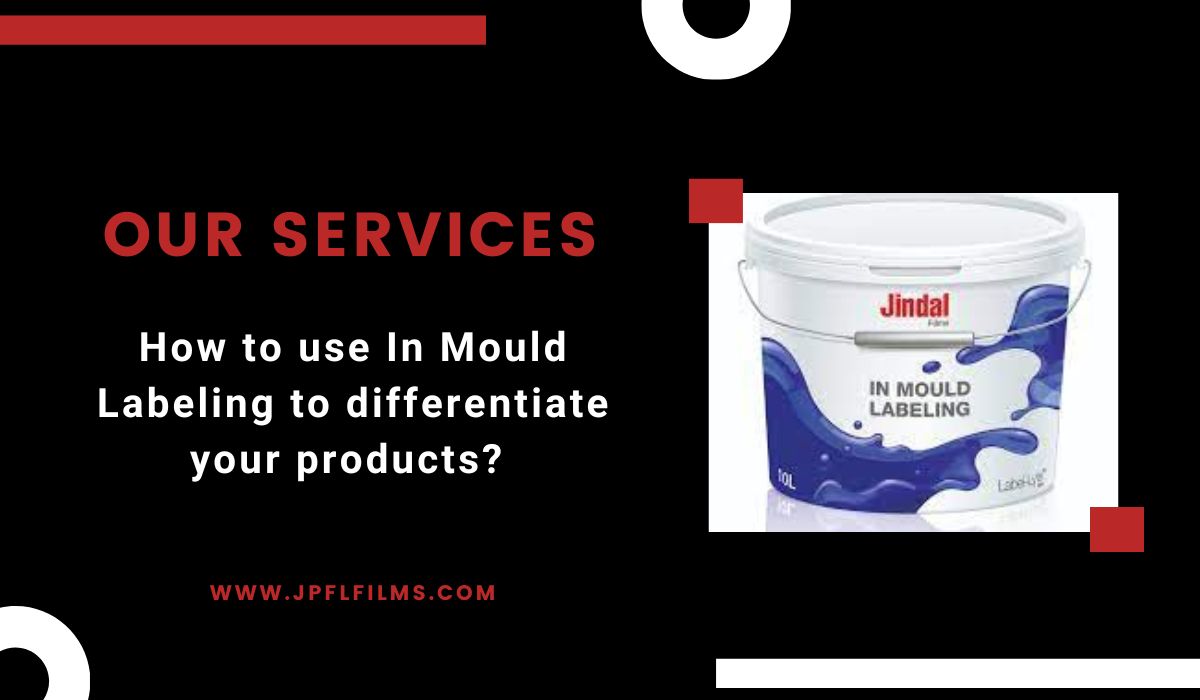In mould labeling, or IML, is a process in which a pre-printed label is placed within a mould just prior to moulding. In this process, Polypropylene labels are directly injected into a mould resulting in the label and the mould being united together. This allows for the production of fully printed parts at the end of the moulding procedure without the need for an additional costly printing stage. The in-mold label is an essential component of the finished object, which is subsequently shipped as a pre-decorated item.
Compared to pad printing, hot stamping, painting, and laser etching, in mould labeling is a less expensive option. Unlike pressure-sensitive labels, In-Mold Label provide a number of advantages, including the potential to do away with superfluous procedures and problems that are typically associated with adhesive applications.
In mould labeling technique makes products hygienic and temperature and humidity resistant, making this method perfect for packaging food, coffee mugs, and frozen and chilled products. Over the past few decades, in-mold labels have been incredibly popular, and today we see a wide range of industries actively expressing interest in this technology, including the food and beverage, cosmetics, healthcare, pharmaceutical, and automotive sectors.
Unlike conventional post-moulding labeling, in-mold labels offer greater design flexibility and efficiency benefits. This is a flexible labeling choice as it uses several effects, colors, and textures while one uses a single process. Listed below are some of the key advantages of in-mould labeling.
Time and money saver
The In mould Labeling process eliminates a step by immediately molding the printed label onto the container. As a manufacturer, this saves a ton of time. The fact that in-mold labels waste less raw material and do not use as much material as necessary is an additional benefit. Because there is a functional reduction of one step, which occurs when the container is moulded, labor and transportation costs are also reduced.
Eco-friendly
Because the packaging and the in-mold label are made of the same material and share the same traits, features, and properties, they are simple to recycle. The in mould labeling production process also promotes a healthy environment by utilizing less resources and raw materials.
Durability and hygiene
In mould labeling is durable and hygienic, withstanding both the test of time and the elements. Due to its capacity to survive severe weather, its durability is admirable. The in-mold label, its print, and its colors are unaffected by moisture or high heat. This implies that you can use them for refrigeration without a doubt. Additionally, they are wrinkle-free, non-crackable, and scratch-resistant.
Outstanding machinability
In-mold label films have excellent antistatic qualities that serve to lower the static charge between the film and the machine, extending the machine’s life and making the films more adaptable to various types of machines. Additionally, a wear-resistant, scratch-resistant, and irremovable print is ensured by in mould labeling. As a result, the printing will not come off, something that can happen with glued labels due to temperature changes.
Versatility
The In-mold label can be printed on a variety of plastics as they conform to any shape, making it simple to incorporate them into the decorating process. In addition to being utilized in boxes, control panels, bins, and containers, in mould labeling is also used in glasses and caps.
Visually impressive graphics
In-mold label printing offers optimal graphic resolution in comparison to direct screen printing. The in mould labeling is seen as an organic component of the product since it blends in with the portion
Rapid design iterations
To quickly switch over, all in mould labeling automation needs to do is switch from one label design to another. Almost no output is lost when a new design is first put into production in in-mold label printing.



